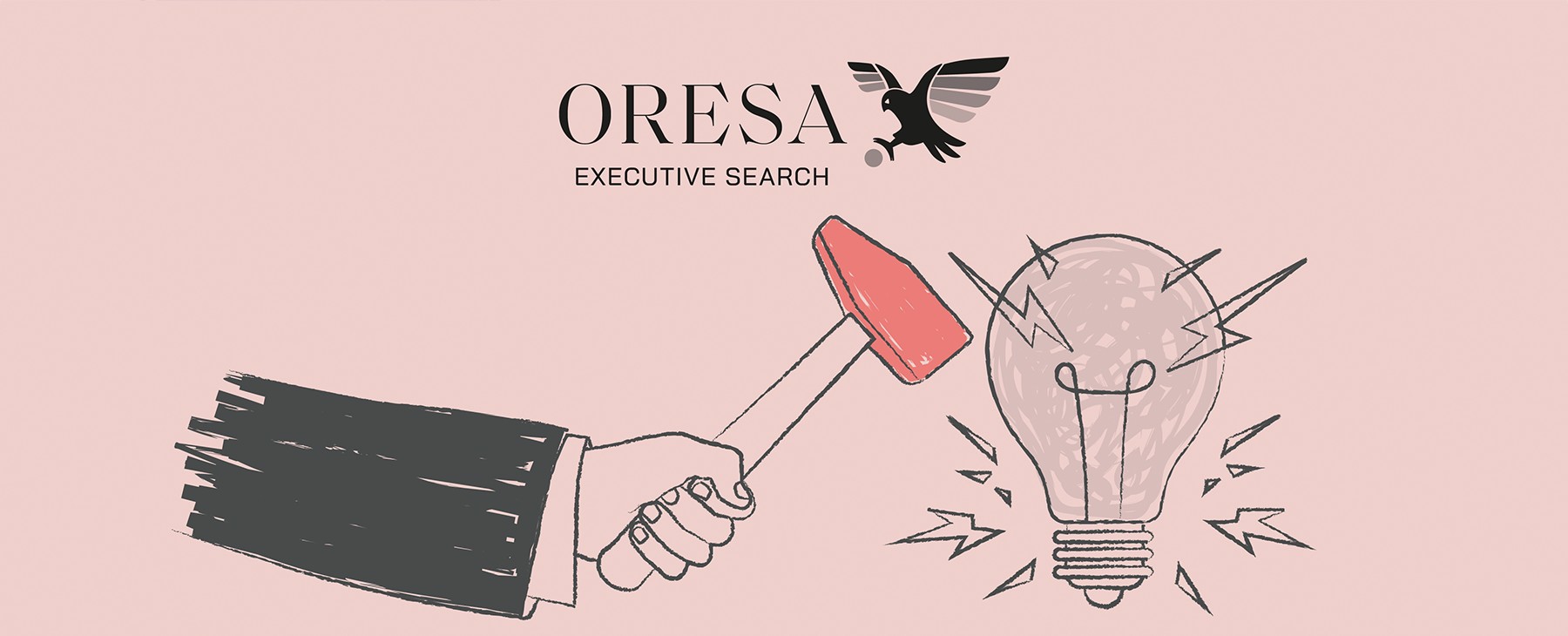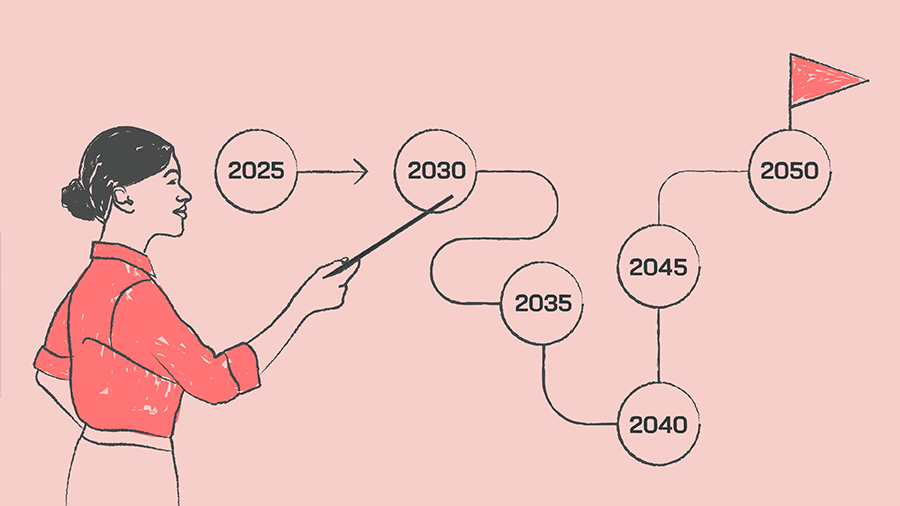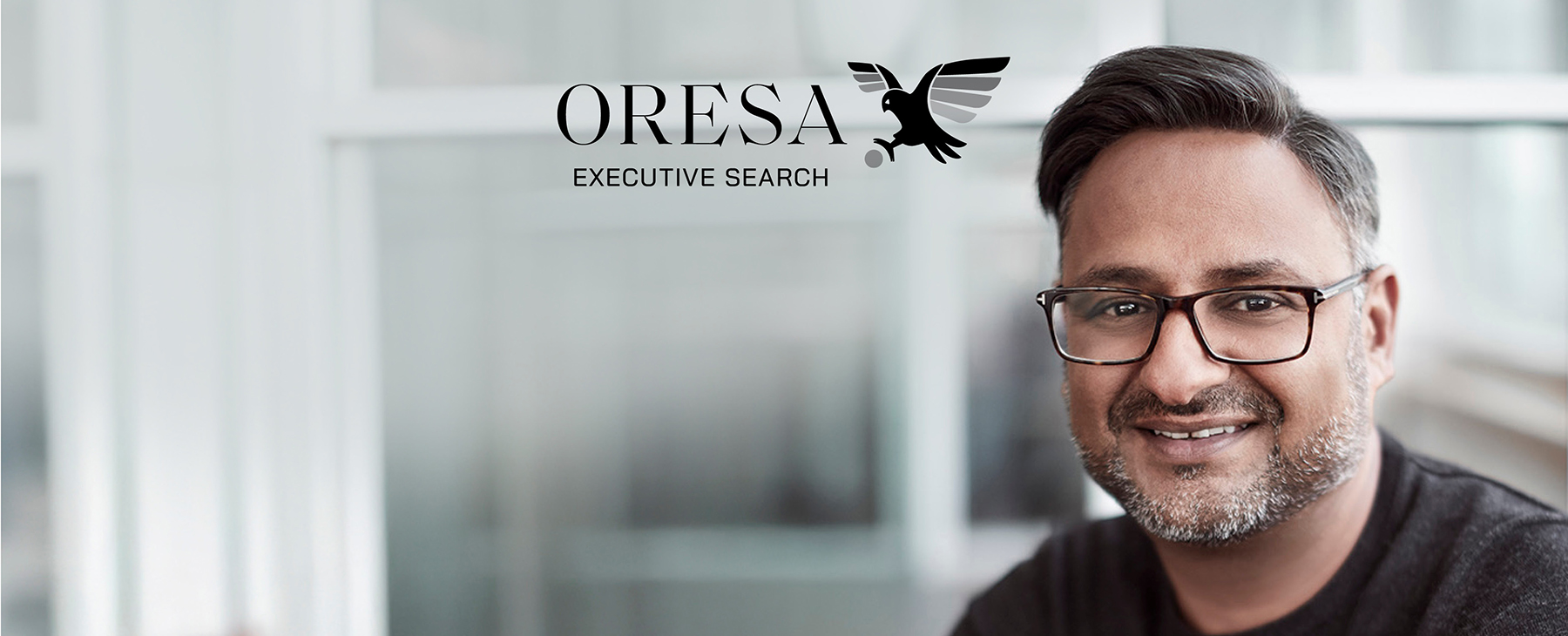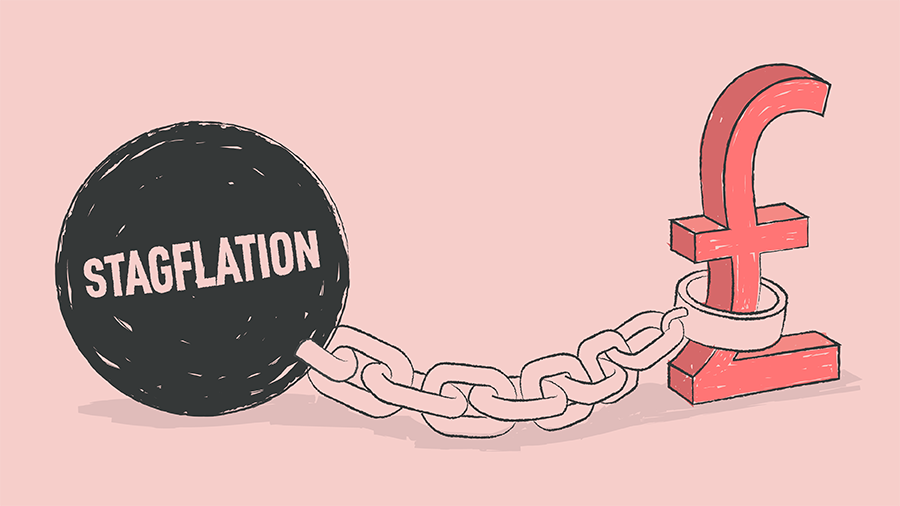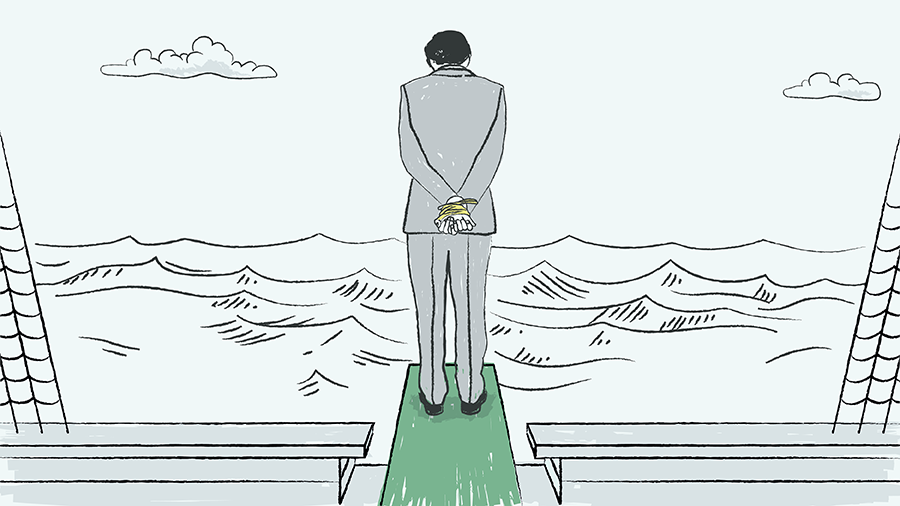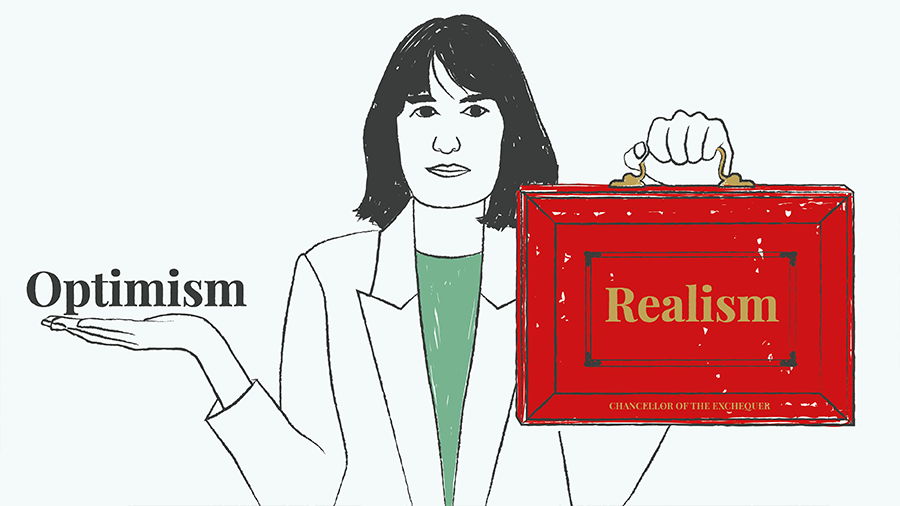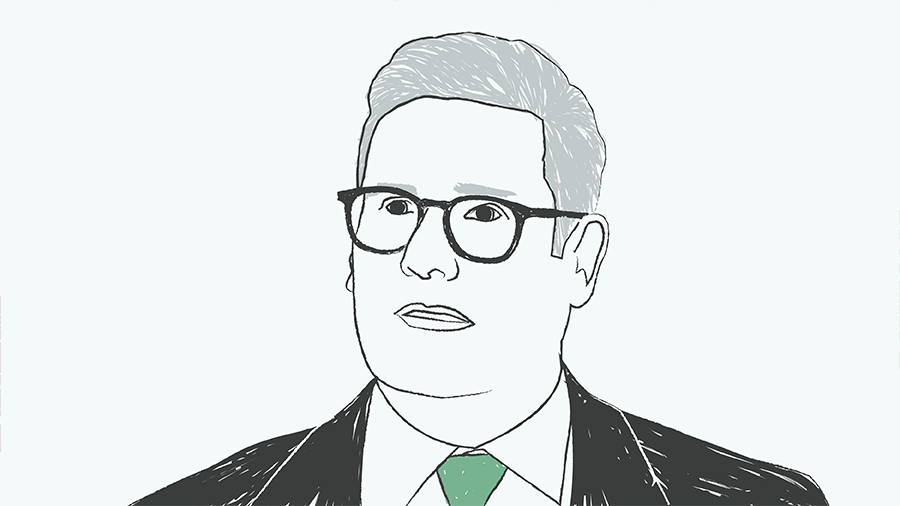
Great leaders need vision, not only to see their business and market as they really are, but also to imagine a different and better future. As we wrote recently though, this isn’t enough. To have any chance of making their vision a reality, they also need top-notch execution.
Unfortunately, vision and execution have almost opposite requirements. For one, you need your head up high, to get perspective. For the other, you need your head down, scrutinising the details and making the everyday decisions that so often are the difference between success and failure.
Many CEOs and founders struggle to get the balance right, most commonly because the operational side of leadership denies them the time and headspace to look at the big picture, a problem that only tends to get bigger as the years pass.
Often, those with the power eventually opt to step back into a more strategic role, becoming chair – or in the case of Brewdog’s James Watt, ‘captain and co-founder’ – while hiring a new CEO to take over the day-to-day responsibilities of steering the ship.
How can you get perspective without taking such a drastic step?
Sadly, the answer to this question is often ‘whenever I can find it’. I know many leaders who take their work with them on holiday, or on weekend cycling trips with their friends, or days out with their families.
They may not always think they’re working – I’m not talking about doing emails or tinkering with a PowerPoint, though this also regretfully happens all too often – but it is still an encroachment of the professional into the personal.
It’s clearly up to you how you spend your time, but there are costs to offloading these big-picture parts of your job into the rest of your life, affecting your wellbeing, resilience and indeed your ability to see things differently.
Fortunately, there are several ways to get perspective as part of your day job.
Bring in new people
When you join a new team or start in a new company, you have the exquisite liberty of ignorance. You don’t know why things are done the way they are, and no one expects you to, so you have licence to ask questions and challenge long-held assumptions. ‘Well, it’s always been like that,’ is too often the answer, but it’s never a good one.
Instead of going anywhere yourself, you can expose yourself to these questions by bringing new people to you, whether in the form of external senior hires, refreshing your non-executive board, or getting a coach or mentor (of the conventional, peer or reverse variety).
Go to new places
If you spend all your time inside the same four walls – literally or figuratively – your horizons will necessarily narrow. That’s why learning and development never stop being necessary, even for senior executives.
This could be anything from carving time to read the papers every morning and going to the odd conference, through to comfort-zone-busting leadership retreats and the more formal world of executive MBAs. The point is, it keeps you learning, but during office hours.
Open your mind – and your diary
It takes time to switch from the operational mindset necessary for day-to-day execution to the more exploratory one necessary for finding perspective. There will also always be something more urgent to do, which can derail your efforts if you’re not careful.
The key is to carve time in your calendar for the big picture, then jealously protect it (just another reason why a good PA is so vital – thank you Zoe !).
At the same time, make sure you’re willing to hear different ideas, or have familiar ones questioned. The easiest way to a closed mind – and therefore a lack of perspective – is to assume it’s already open.
ORESA supports leaders to develop an architecture for growth, combining executive search, organisational strategy and leadership advisory. To find out more, get in touch here.
